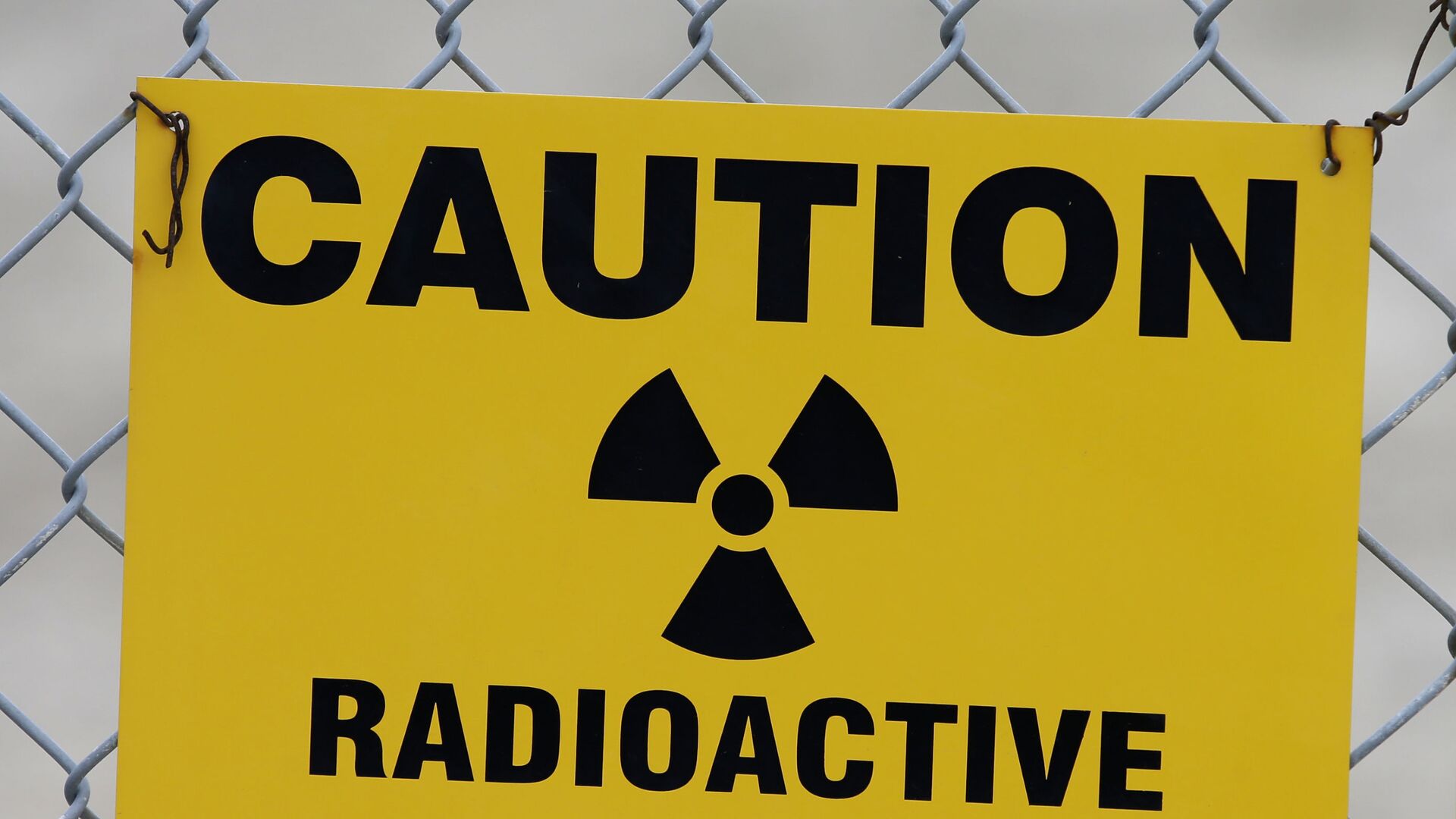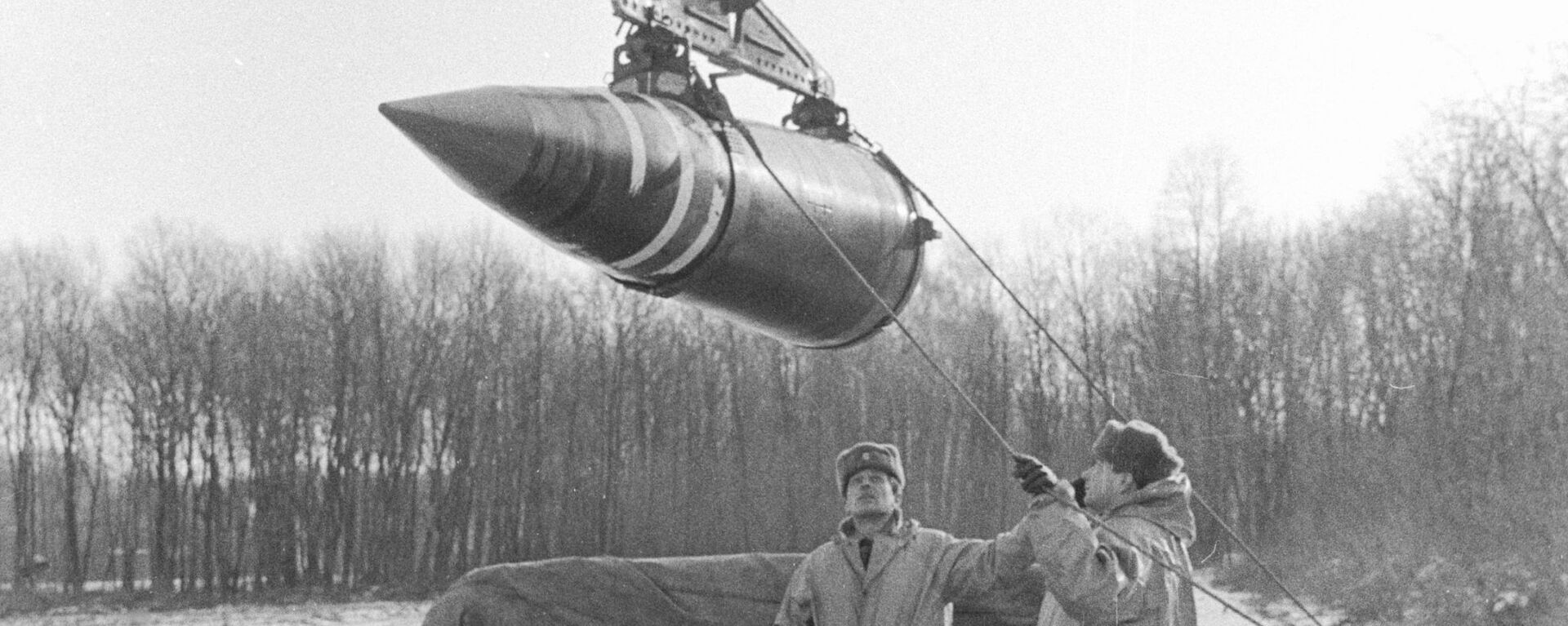US Nuclear Sensors in Ukraine Deployed to Scapegoat Russia
18:41 GMT 29.04.2023 (Updated: 08:16 GMT 30.04.2023)

© AP Photo / Rick Bowmer
Subscribe
The reason behind Washington setting up sensors across Ukraine to detect a potential nuclear blast may involve shifting the blame to Russia if a radioactive weapon is used, or even if it is not used, but only reported in Western media, Karen Kwiatkowski, former US Department of Defense analyst and retired Air Force lieutenant colonel, told Sputnik.
The Nuclear Emergency Support Team (NEST), a group of scientists, technicians, and engineers operating under the United States Department of Energy's National Nuclear Security Administration, is deploying nuclear sensors throughout Ukraine to both detect bursts of radiation from a nuclear weapon or a dirty bomb and identify the attacker. As per The New York Times, the goal is to verify Moscow's culpability if Russia detonates a radioactive weapon on Ukrainian soil. The Western media has long disseminated groundless claims that Moscow may resort to the use of nuclear arms if defeated in Ukraine. Russia has resolutely shredded the assumptions, referring to intelligence alleging the Kiev regime's potential detonation of a so-called "dirty bomb," a "radiological dispersal device" (RDD) that combines a conventional explosive with radioactive material. The purpose of the possible provocation would be to blame Moscow for the resulting radioactive contamination.
"It makes sense that the secretive NEST team is being deployed to very quickly shift blame to Russia if any radioactive weapon is used (or even if it is not used, but only reported in Western media)," said Karen Kwiatkowski. "The US track record is provocative and the policy players are unwise, almost to a person. There is an argument to be made that this is one more way the US hopes to 'win' the narrative, and threaten Russia, by reporting a nuclear release, and immediately blaming Russia (as the story is already structured to do) and protecting the last Ukrainian war enthusiasts from accountability. To this day, despite evidence and logic to the contrary, most of the Western world still believes it was Russians shooting at Zaporozhye [Nuclear Power Plant] last year from Ukrainian territory, while those same Russians were holding and operating the reactor."
One cannot completely rule out that this preventative deployment is meant to ensure Ukrainians don't use radioactive weapons in their own last ditch efforts as the conflict comes to an end, according to the US Air Force veteran. Kwiatkowski suggested that the deployment could serve as a direct message to the remnants of the Ukrainian military and political leaders who could run amok, thus upsetting big Western corporations' plans to rebuild Ukraine and upending enthusiasm of Western donors. "You can be sure BlackRock intends to profit from rebuilding Ukraine, and cleaning up nuclear contamination is not a profit center," she stressed. Still, it raises questions how corporations' interests would correlate with the UK plans to provide the Kiev regime with depleted uranium shells which can contaminate water, soil, and inflict irreparable harm on people's health in the region. The former Pentagon analyst pointed out that the NEST's network of sensors must include an array of sensor types to capture and measure the wide variety of radiation types and also be able to collect and test physical samples at the atomic level.
"Radiation from a nuclear plant leak is different from radiation from a radioactive weapon or even a dirty bomb," Kwiatkowski explained. "The NEST itself is focused on response to radiation events, and there may be innocent explanations for this deployment to Ukraine. For example, looking for radiation leakage from nuclear reactors like at Zaporozhye may be a concern for NATO soldiers and the Ukrainian Army, vis-a-vis rebuilding and infrastructure repair planned for the future. But that is not how the NYT, a state media organ with direct connections to Pentagon intelligence and policy, described it."



